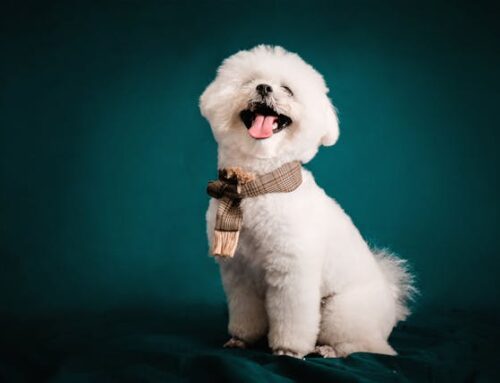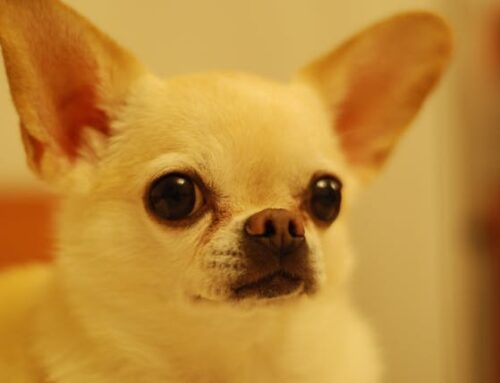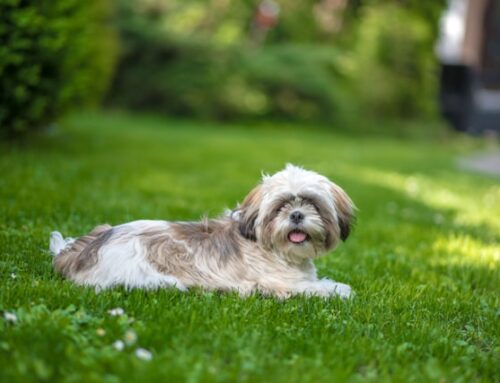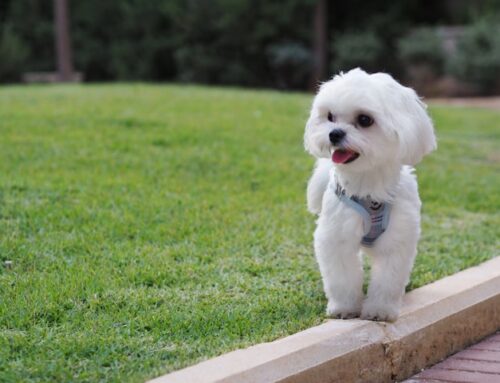Introduction: Puppy Potty Training

Embarking on the journey of puppy parenthood is an exciting time, but it comes with its own set of challenges, particularly when it comes to potty training. Understanding your puppy’s needs and how to effectively potty train them is crucial for a harmonious home environment.
In this guide, we’ll delve into the essentials of puppy potty training, offering insights and strategies to help you navigate this important aspect of raising a happy and well-adjusted canine companion.
Age and Development Stage
Puppy potty training is most effective when tailored to the age and development stage of your furry friend. Young puppies have limited bladder control and may need to relieve themselves as often as every 30 minutes to an hour.
As puppies mature, they can hold their bladder for longer periods, typically one hour for each month of age, up to a maximum of about 8 hours. Understanding your puppy’s age and development stage is crucial for establishing a consistent potty training routine that sets them up for success.
Bladder and Bowel Control
Developing bladder and bowel control is a key milestone in a puppy’s potty training journey. Puppies start with little control and may have accidents frequently, but as they mature, they gain better control over their bodily functions. Understanding your puppy’s cues and schedule can help you anticipate when they need to go potty.
Consistent potty training methods, such as crate training and regular outdoor breaks, can aid in developing their control and minimizing accidents indoors. Patience and positive reinforcement are crucial as your puppy learns to hold their bladder and bowel until the appropriate potty break.

Setting Up for Success
Choosing the Right Potty Spot
Setting up the right potty spot is crucial for successful puppy potty training. Choose a spot outdoors that is easily accessible and away from high-traffic areas. The spot should be consistent to help your puppy associate it with potty time.
Use positive reinforcement, such as treats and praise, when your puppy goes potty in the right spot to reinforce good behavior. Keeping the area clean and free of distractions will help your puppy focus on the task at hand.
Selecting the Right Potty Training Supplies
Selecting the right potty training supplies can make a significant difference in your puppy’s potty training success. Start with a crate that is just large enough for your puppy to stand, turn around, and lie down comfortably, as this can aid in crate training and preventing accidents indoors.
Invest in high-quality, absorbent puppy pads or newspaper to place in your puppy’s designated potty area indoors. Additionally, having a leash and collar ready for outdoor potty breaks can help you quickly and easily take your puppy to their designated potty spot.
Establishing a Routine
Establishing a routine is key to successful puppy potty training. Feed your puppy at the same times each day, which will help regulate their potty schedule. Take your puppy outside to their designated potty spot after eating, playing, and waking up, as these are common times when they will need to go.
Consistency is key, so try to stick to the same schedule every day to help your puppy learn when and where it’s appropriate to potty.

Basic Potty Training Techniques
Crate Training
Crate training is a popular and effective method for puppy potty training. The idea is to use the crate as a safe and comfortable space for your puppy to rest and sleep, as dogs naturally avoid soiling their sleeping area. When using a crate for potty training, make sure it’s just big enough for your puppy to stand up, turn around, and lie down.
Take your puppy outside to their potty spot immediately after they come out of the crate, as they will likely need to go potty. Consistency and positive reinforcement are key to successful crate training.
Paper Training
Paper training is a popular method for potty training puppies, especially for those living in apartments or without easy outdoor access. The technique involves teaching your puppy to eliminate on newspapers or special training pads placed in a designated area indoors. Consistency and patience are key, as you gradually move the papers closer to the door, then outside, to transition your puppy to outdoor potty habits.
Rewarding your puppy for using the papers correctly reinforces good behavior and helps establish a routine. With time and positive reinforcement, your puppy can learn to potty in the right place, setting the foundation for a well-behaved companion
Bell Training
Bell training is a popular and effective method for potty training puppies. The idea is to teach your puppy to ring a bell when they need to go outside to potty. Start by hanging a bell near the door your puppy will use to go outside. Encourage your puppy to touch or ring the bell with their nose before taking them outside to potty.
With consistency and positive reinforcement, your puppy will learn to associate ringing the bell with going outside to potty. This method helps prevent accidents indoors and gives your puppy a clear way to communicate their needs.
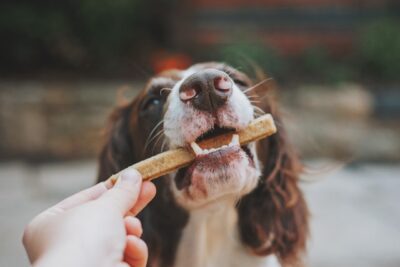
Positive Reinforcement and Rewards
Using Treats Effectively
Positive reinforcement is a key aspect of successful puppy potty training. Using treats effectively can help reinforce good potty habits. When your puppy eliminates in the appropriate spot, immediately praise them and offer a small, tasty treat.
Be consistent with this reward system to reinforce the desired behavior. Over time, your puppy will learn to associate pottying in the right spot with receiving treats, making them more likely to repeat the behavior in the future.
Praising and Encouraging Your Puppy
Praising and encouraging your puppy is a crucial part of potty training. When your puppy eliminates in the right spot, use a happy and enthusiastic tone to praise them immediately. You can also offer physical affection, such as petting or gentle praise, to reinforce their good behavior.
Consistency is key, so make sure to praise and encourage your puppy every time they potty in the appropriate spot. This positive reinforcement helps your puppy learn the desired behavior and strengthens the bond between you.
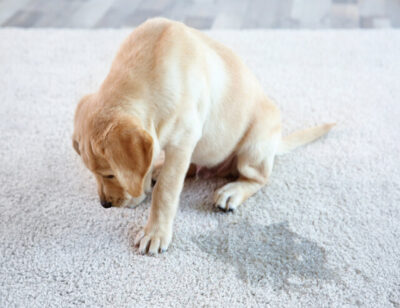
Common Challenges and Solutions
Accidents in the House
Accidents in the house are a common challenge when potty training puppies. To address this issue, it’s important to clean up accidents thoroughly to remove any scent markers that might encourage repeat accidents.
Supervise your puppy closely and take them outside frequently, especially after eating, drinking, playing, or waking up. Consistency in your potty training routine is key to preventing accidents.
If accidents do occur, avoid punishment and instead, redirect your puppy to the appropriate potty spot and reward them for going in the right place. With patience and consistency, you can help your puppy learn the proper potty habits.
Regression in Training
Regression in potty training is a common challenge faced by puppy owners. This can happen for various reasons, such as changes in routine, stress, or medical issues. To address regression, revisit the basics of potty training, including consistency, supervision, and positive reinforcement. Ensure your puppy has regular access to their potty spot and monitor their behavior closely.
If regression persists, consult with a veterinarian to rule out any underlying health issues. With patience and consistent training, you can help your puppy overcome regression and continue progressing in their potty training.
Dealing with Excitement Urination
Excitement urination is a common issue in puppies, especially when they greet people or are in a highly stimulating environment. To address this, remain calm and avoid overly enthusiastic greetings. Keep interactions with your puppy low-key to minimize excitement.
Take your puppy outside to potty before exciting events or when guests arrive to help prevent accidents. With time and consistent training, many puppies outgrow excitement urination as they mature and gain better bladder control.
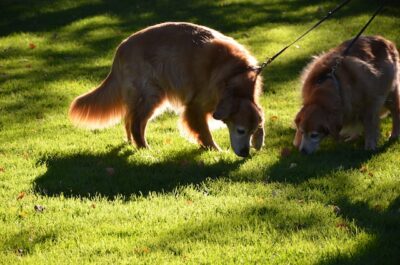
Tips for Success
Consistency is Key
Consistency is key to successful puppy potty training. Establish a regular potty schedule, taking your puppy outside to potty first thing in the morning, after meals, after naps, and before bedtime. Use the same potty spot each time to help reinforce the behavior.
Praise and reward your puppy every time they potty in the right spot to reinforce good habits. Consistency in your training approach will help your puppy learn faster and reduce accidents in the house.
Patience and Understanding
Patience and understanding are essential when potty training your puppy. Remember, accidents are a normal part of the learning process. Instead of getting frustrated, remain calm and patient with your puppy.
Understand that potty training takes time and each puppy learns at their own pace. Consistency, positive reinforcement, and a supportive attitude will help your puppy succeed in their potty training journey.
Supervision and Monitoring
Supervision and monitoring are crucial during puppy potty training. Keep a close eye on your puppy, especially when they are out of their crate, to anticipate when they need to potty. Watch for signs such as sniffing, circling, or squatting.
If you can’t supervise, confine your puppy to a crate or a small, puppy-proofed area. This helps prevent accidents and teaches your puppy to hold their bladder until they’re taken outside.
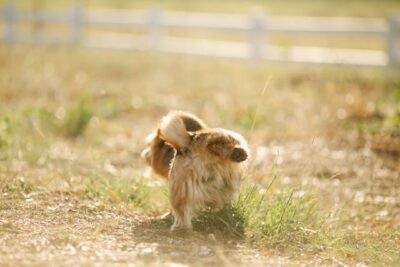
Transitioning to Outdoor Potty
Signs Your Puppy is Ready
Transitioning to outdoor potty is a milestone in your puppy’s potty training journey. Signs that your puppy is ready for this transition include consistently using their designated potty spot indoors, showing understanding of basic commands like ‘sit’ and ‘stay,’ and showing excitement or interest in going outside.
Start by gradually moving the potty pads or newspapers closer to the door, then outside to a designated outdoor potty area.
Supervise your puppy closely during this transition period and praise them for using the outdoor potty spot. With patience and positive reinforcement, your puppy will soon become accustomed to pottying outside.
Guidance for First Outdoor Attempts
When transitioning to outdoor potty, it’s important to provide guidance and support for your puppy’s first attempts. Take your puppy outside frequently, especially after meals, naps, and playtime, to increase the chances of them pottying outside.
Use a leash to keep your puppy close to you and guide them to the designated potty area. Wait patiently while your puppy sniffs around and finds a spot to potty. Praise and reward them immediately after they eliminate in the right spot to reinforce the behavior.
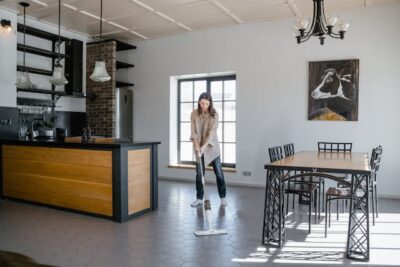
Cleaning Up Accidents
Using the Right Cleaning Products
Cleaning up accidents promptly and effectively is important when potty training your puppy. Use a cleaning product specifically designed for pet accidents to thoroughly clean and remove any lingering odors.
Avoid using ammonia-based cleaners, as they can smell similar to urine and may encourage your puppy to potty in the same spot again. Enzyme-based cleaners are effective at breaking down the odor-causing molecules, helping prevent repeat accidents.
Proper cleaning not only helps eliminate odors but also discourages your puppy from pottying in the same spot in the future.
Removing Odors to Prevent Repeat Accidents
Removing odors is crucial when cleaning up puppy accidents to prevent repeat incidents. Use an enzyme-based cleaner to break down and eliminate the odor-causing molecules. Thoroughly soak the affected area and let the cleaner sit for the recommended time to ensure effectiveness.
Avoid using ammonia-based cleaners, as they can mimic the smell of urine and may attract your puppy back to the same spot. Proper cleaning not only removes odors but also helps reinforce potty training by eliminating the scent markers that signal your puppy to potty in that area.
Summary: Potty Training
Recap of Key Points Potty Training
Puppy potty training is a crucial aspect of raising a well-adjusted canine companion. Understanding your puppy’s needs, age, and development stage is essential for effective potty training. Consistency, supervision, and monitoring are key elements in successful potty training, helping to prevent accidents and establish good habits.
Establishing a routine, choosing the right potty spot, and using the appropriate training supplies are important steps in setting up your puppy for potty training success. Transitioning to outdoor potty requires patience and guidance, with signs of readiness including consistent indoor potty habits and interest in going outside.
Cleaning up accidents promptly and using the right cleaning products are vital for preventing repeat accidents and reinforcing potty training. Overall, patience, consistency, and positive reinforcement are essential for a successful potty training experience.
Importance of Positive Reinforcement
Positive reinforcement is a key component of successful puppy potty training. Using treats, praise, and encouragement when your puppy eliminates in the right spot helps reinforce good behavior. Consistency in rewarding your puppy for pottying in the appropriate spot helps them learn faster and reduces accidents in the house.
Praising and encouraging your puppy builds a positive association with pottying in the right spot and strengthens the bond between you. Avoid punishment for accidents, as this can confuse your puppy and hinder their potty training progress. With patience, understanding, and positive reinforcement, you can help your puppy succeed in their potty training journey.
For more tips on puppy care and training, visit our blog, where we regularly update with articles about different dog breeds and helpful tips for new and experienced dog owners.
Frequently Asked Questions (FAQs) about Puppy Potty Training:
- Q: How often should I take my puppy outside to potty?
- A: Puppies have limited bladder control, so they may need to go outside as often as every 30 minutes to an hour, especially after eating, drinking, playing, or waking up from a nap.
- Q: What should I do if my puppy has an accident in the house?
- A: Clean up the accident thoroughly to remove any scent markers that might encourage repeat accidents. Avoid punishment and instead, redirect your puppy to the appropriate potty spot and reward them for going in the right place.
- Q: How long does it take to potty train a puppy?
- A: The time it takes to potty train a puppy can vary depending on the individual puppy and the consistency of training. On average, it can take anywhere from a few weeks to several months.
- Q: Should I use puppy pads for potty training?
- A: Puppy pads can be helpful, especially for those living in apartments or without easy outdoor access. However, using them exclusively indoors may delay the transition to outdoor pottying. Gradually moving the pads closer to the door, then outside, can help with the transition.
- Q: What are some signs that my puppy is ready to transition to outdoor pottying?
- A: Signs that your puppy is ready to transition to outdoor pottying include consistently using their designated potty spot indoors, showing understanding of basic commands like ‘sit’ and ‘stay,’ and showing excitement or interest in going outside.
- Q: How can I prevent accidents in the house while potty training my puppy?
- A: Supervise your puppy closely and take them outside frequently, especially after eating, drinking, playing, or waking up. Establishing a consistent potty training routine and using positive reinforcement can also help prevent accidents.
- Q: Should I crate train my puppy for potty training?
- A: Crate training can be an effective method for potty training, as dogs naturally avoid soiling their sleeping area. However, it’s important to use the crate properly and not leave your puppy in the crate for extended periods.
- Q: How can I help my puppy develop bladder and bowel control?
- A: Providing regular outdoor potty breaks, establishing a consistent feeding schedule, and using positive reinforcement can help your puppy develop bladder and bowel control. Understanding your puppy’s cues and schedule can also help you anticipate when they need to go potty.

